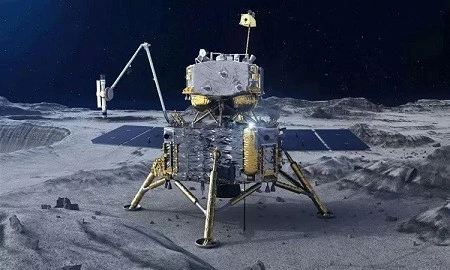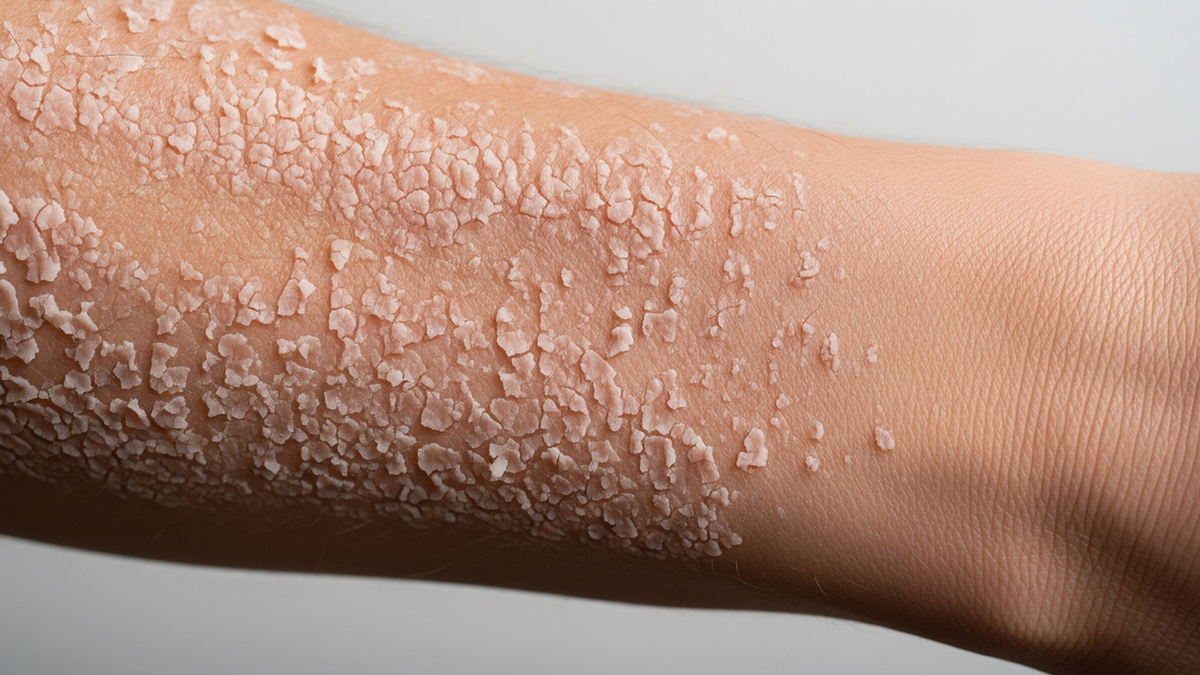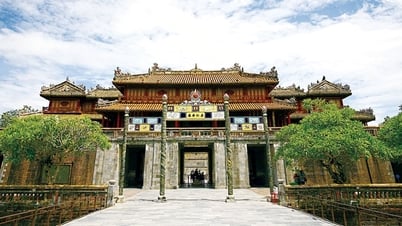Chinese scientists have announced the discovery of water molecules trapped in rocks on the Moon, disproving previous assumptions that the surface of the celestial body is dry.
 |
| China's Chang'e-5 probe operates on the surface of the Moon. (Source: Xinhua) |
According to the announcement of the Chinese Academy of Sciences, rock samples collected from the surface of the Moon and brought back to Earth by the country's Chang'e 5 probe contain crystals full of "hydrated molecules".
Previously, in the 1960s and 1970s, rock samples brought back by the US Apollo probes showed no trace of water, leading scientists to believe that most of the lunar soil was completely dry. But later, satellites specializing in studying the Moon discovered traces of water, especially near the poles of this celestial body.
New research published by Chinese scientists in the journal Nature Astronomy has provided direct evidence of hidden water on the Moon. The discovery could pave the way for future resource mining and base building on Earth’s natural satellite.
“Water molecules may exist in sunlit regions of the Moon, in the form of hydrated salts,” the researchers said.
Chang'e 5, named after the Chinese goddess of the moon, is the fifth in a series of Chinese missions to the moon. It will land on the celestial body's surface to collect materials.
Chang'e-5 has a total of four modules, including an orbiter, a lander carrying specialized instruments to collect samples, an ascender, and a small container to bring the collected samples safely back to Earth. The spacecraft returned to Earth on December 17, 2020.
Since then, scientists have analyzed rock samples brought back by Chang'e 5, and discovered the presence of a mineral with the chemical formula (NH4)MgCl3·6H2O, containing more than 40% water.
The discovery will help China improve its understanding of the resources available on the Moon, which it hopes to use in future space missions.
The mineral's similarity to volcanic rocks found on Earth suggests it may have been created by now-extinct volcanoes on the Moon. And it's not just the presence of water that has scientists excited: ammonia - another key ingredient for making rocket fuel - was also found inside the lunar rock sample.
“The presence of ammonia shows its potential as a resource for humans who will reside on the Moon in the future,” said Chinese researchers.
China is not the only country looking to benefit from the Moon’s natural resources. NASA official Bill Nelson has said that the speed and progress of China’s lunar missions have put the Northeast Asian nation “in a race” with the United States to effectively explore the celestial body.
Beijing has recently sent probes to the Moon and Mars, and is completing construction of the Tiangong Space Station by 2022. The country is also leading the construction of the International Lunar Research Station, which is scheduled for completion by 2030.
Source: https://baoquocte.vn/trung-quoc-cong-bo-phat-hien-dau-vet-cua-nuoc-tren-mat-trang-280677.html

























![[Photo] National Assembly Chairman attends the seminar "Building and operating an international financial center and recommendations for Vietnam"](https://vphoto.vietnam.vn/thumb/1200x675/vietnam/resource/IMAGE/2025/7/28/76393436936e457db31ec84433289f72)











































































Comment (0)